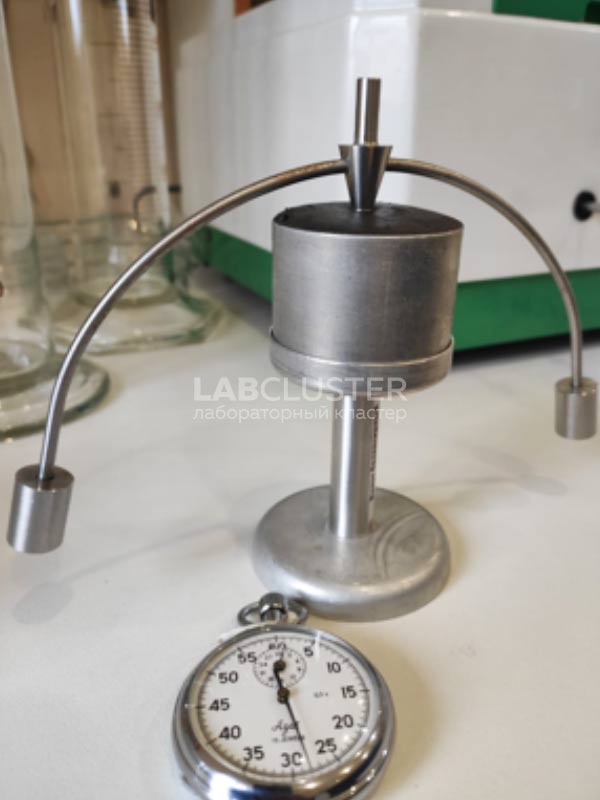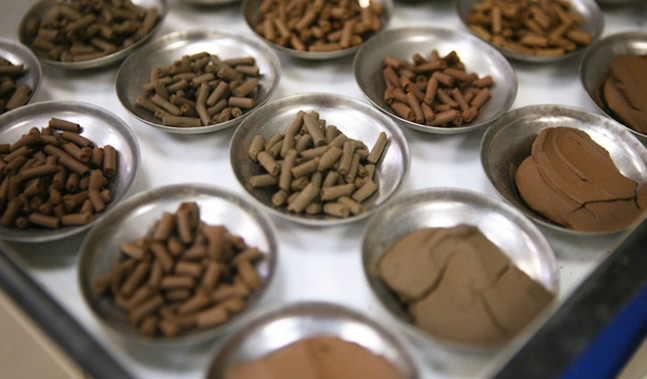
WL ( % ) or the limit of liquidity is the level of humidity at which the plastic soil becomes fluid. WL is determined with the test of a soil with a Vasiliev balancing cone, which is immersed in a paste prepared from the researched soil, under its own weight by 10 mm in 5 s. with subsequent determination of humidity.
WP ( % ) or the rolling-out limit is the humidity level at which the plastic soil becomes solid. The method for determining WP is based on rolling the bundle out of the ground before it begins to crack into fragments of 3-10 mm in size, and determining humidity.
The difference between WL and WP is used to calculate the index of soil plasticity IP (%).
IP is used for attributing clay soil to specific granulometric types according to table B.16 of B.2.9 of GOST 25100. When the value of IP is from 1% to 7%, clay soil belongs to sandy loams, from 7% to 17% - to loams, more than 17% - to clays. According to the determination of the granularity and the value of the IP, an additional classification of clay soils is carried out by varieties (table B. 17, item B. 2.10 of GOST 25100).
IP is used to calculate the soil fluidity index IL (uf). IL is used to classify clay soil into varieties by consistency. At IL < 0, the sandy loam is referred to the solid variety, at 0 < IL < 1.00 – to the plastic, at IL > 1.00 – to the fluid. Clays and loams are defined as solid at IL < 0, semi-solid at 0< IL < 0.25, elastic at 0.25 < IL < 0.50, soft-plastic at 0.50 < IL < 0.75, fluid-plastic at 0.75 < IL < 1.00 and fluid at IL > 1.00. IL depends on the natural moisture content of the soil and can be either positive (including more than 1) or negative. To calculate IL use the formula:
IL (д.е.)= (WP – W)/IP
Where WP is the lower limit of plasticity, %;
W - natural humidity, %;
IP-plasticity index, %.
Based on the results of determining the natural humidity, WL and WP, the granularity of the soil, and also the calculation of IP and IL, our experts will determine which type of soil your samples belong to.
Price-list for soil and ground research






